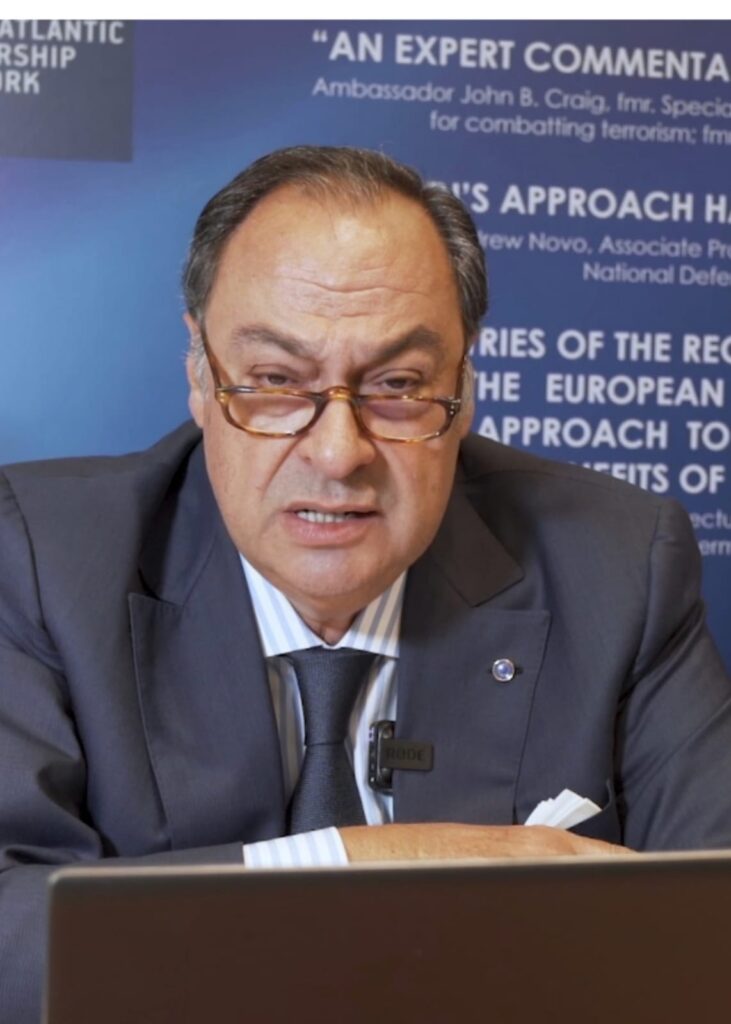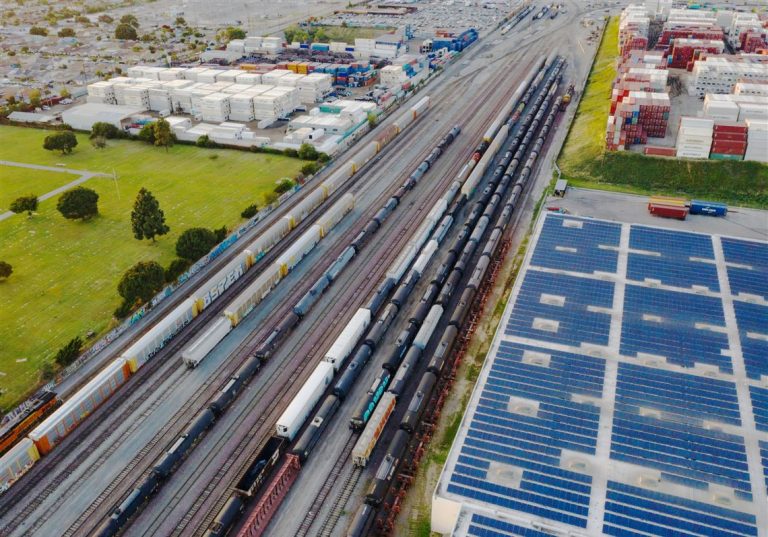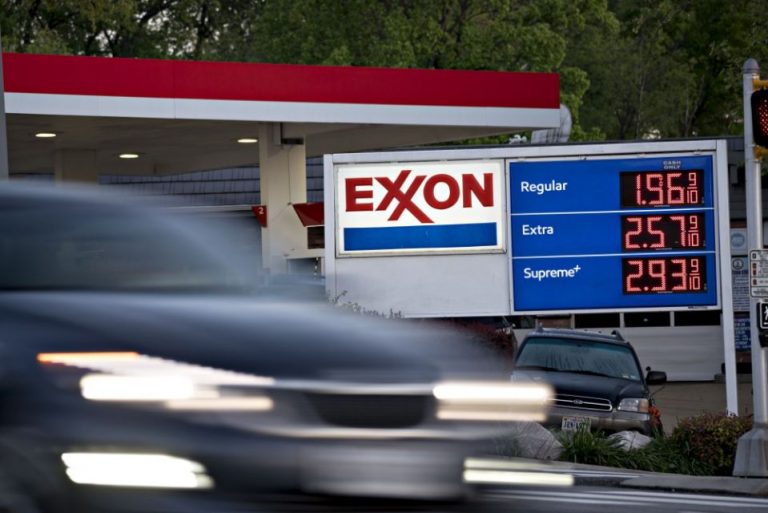Texas’ Gas-Export Clampdown Shocks Market as Blackouts Ebb
Texas is restricting the flow of natural gas across state lines in an extraordinary move that some are calling a violation of the U.S. Constitution’s commerce clause.
Texas Governor Greg Abbott on Wednesday told a media briefing that he was banning gas from leaving the state through Feb. 21 to ensure in-state power generators had ample supplies. Less than 24 hours later, Texas’s top energy regulator told gas producers to offer supplies for sale in-state before shipping it elsewhere, citing the governor’s mandate.
Under the Constitution’s so-called commerce clause, state governments are prohibited from interfering in interstate trade. Abbott said a disaster declaration he issued on Feb. 12 gave him latitude to impose such restrictions.
Abbott said he was forced to act as millions of Texans remain without power. By late Thursday morning, the number of blacked-out customers was down to about 500,000 from more than 4 million two days earlier, according to PowerOutage.us. Meanwhile, gas prices at a key trading hub in Oklahoma slumped 99% in a sign that the worst of the gas squeeze may be over. Still, the timeline to a full restoration of power is unclear.
“Operators should take notice that under this mandate, all ‘sourced natural gas’ be made available for sale to local power generation opportunities before leaving the state of Texas, effective through February 21, 2021,” the railroad commission said in its directive to drillers.
‘Maximum Withdrawal’
Abbott’s announcement caught some gas traders flatfooted and sowed confusion in a market already dealing with huge upheaval. One West Coast-based trader said he lost $1 million within minutes. Without being able to read the order, others hurriedly sought answers: Can gas still be exported to Mexico? Is LNG affected?
Benchmark U.S. gas futures fell 3.7% to $3.101 per million Britsh thermal units at 1:07 p.m. on the New York Mercantile Exchange after rising as much as 2.5% in overnight trading.
Supply for next-day delivery at the Oneok Gas Transportation hub in Oklahoma traded at $4 per million British thermal units on Thursday, according to traders. That’s down from $1,250 on the previous day and in line with prices seen just over a week ago. The Oneok hub is a key transit point for gas headed for major population centers such as Chicago.
“This is an abuse of the Texas Disaster Act,” said Jared Woodfill, a prominent Republican attorney who repeatedly challenged Abbott over coronavirus restrictions in 2020. “It’s amazing that there are no limits in Abbott’s mind to what his authority is under the Texas Disaster Act. He’ll take as much power as the courts and the Legislature will let him have.”
The crumbling of the state’s gas supplies as Arctic temperatures took hold at the start of the week has been one of the driving factors behind the cascade of outages.
The calamity unfolding across Texas is somewhat reminiscent of the California power crisis of 2000-2001 when energy suppliers withheld and redirected electricity and gas out of state even as it faced shortfalls, prompting lawsuits. And yet again, even as Californians endured rolling blackouts amid an extreme heat wave last year, energy suppliers were exporting power to neighboring states. The state’s grid operator later blamed market-design flaws.
Dan Woodfin, an executive at Ercot, said in an interview that a lack of gas supply is one of the reasons why it’s having trouble getting power plants back online.
Fossil Fuels
One railroad commissioner took an emergency meeting on Wednesday as an opportunity to slam windmills and solar arrays that have become a bigger and bigger part of Texas’s energy mix.
The state’s gas stockpiles are undergoing “maximum withdrawal,” Christi Craddick, the commission’s chairman, said at a Wednesday media briefing with the governor and other state officials. She added that some gas plants in South and West Texas are resuming operation amid a thaw.
Top State
Texas produces more gas than any other state, with output at about 23 billion cubic feet a day before the deep freeze, BloombergNEF data show. That’s about a quarter of total production from the Lower 48 states. Its two liquefied natural gas export terminals consumed about 4 billion cubic feet a day of gas before the polar blast.
Abbott asked the Freeport LNG export terminal earlier in the week to dial back its operations. Freeport said it was shutting down two LNG production units in response. Gas flows to all U.S. LNG export terminals fell to a 2-year low on Tuesday.
Texas also exports gas by pipeline to Mexico. Gas is flowing again via the Nueva Era conduit between the two nations after the extreme cold interrupted its operation earlier in the week, according to one of the pipeline’s owners.
Abbott also said Wednesday he and other state governors had expressed concern on a conference call with President Joe Biden about the severe spikes in natural gas prices amid the crisis. Spot prices in neighboring Oklahoma rocketed to over $1,000 per million British thermal units Wednesday, increasing more than 100-fold from a week earlier.










